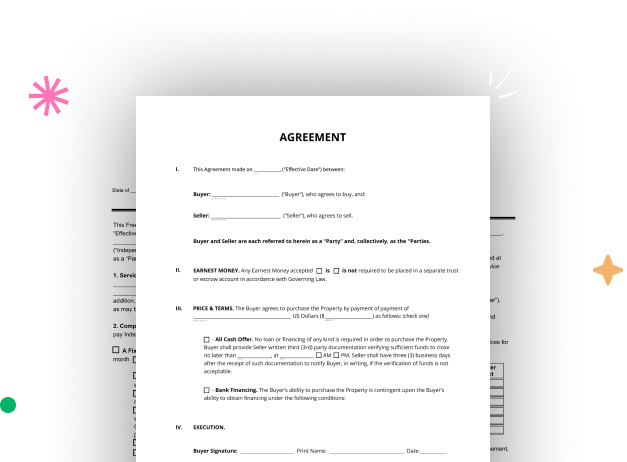

First, sign in to your DocHub account. If you don't have one, you can easily sign up for free.
Once logged in, go to your dashboard. This is your main hub for all document-focused operations.
In your dashboard, select New Document in the upper left corner. Hit Create Blank Document to craft the Anatomical Gift Legal Document from a blank slate.
Place numerous elements like text boxes, photos, signature fields, and other interactive areas to your form and designate these fields to specific individuals as required.
Personalize your document by adding guidelines or any other vital information leveraging the text feature.
Carefully review your created Anatomical Gift Legal Document for any mistakes or essential adjustments. Leverage DocHub's editing tools to polish your document.
After finalizing, save your copy. You can select to save it within DocHub, transfer it to various storage platforms, or send it via a link or email.